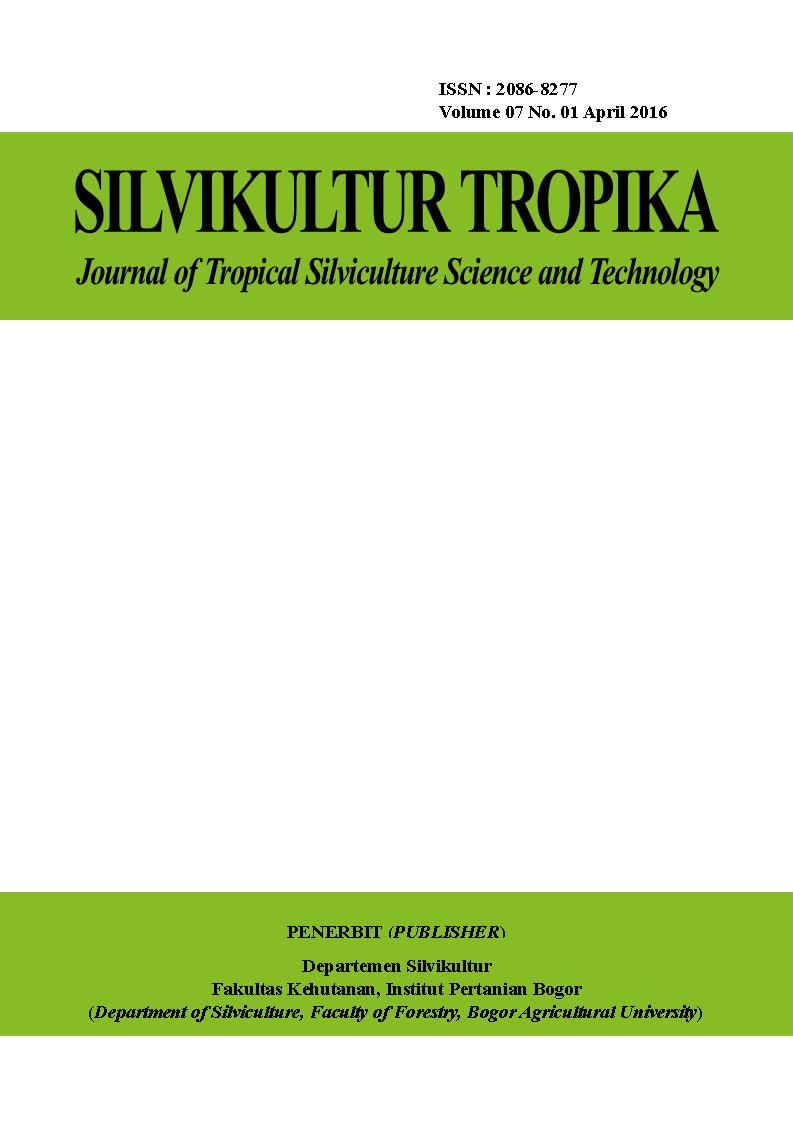The Species Structure and Composition Stand with Root System of Plants in Karst Area in Bantimurung-Bulusaraung National Park, Resort Pattunuang-Karaenta STRUKTUR DAN KOMPOSISI TEGAKAN SERTA SISTEM PERAKARAN TUMBUHAN PADA KAWASAN KARST DI TN BANTIMURUNG
Abstract
Plants in Karst Area have different characteristics and distinctive when compared with plants of other forest ecosystem. The purpose of research is to assessing the composition and stand structure and root system of plants in karst areas in Bantimurung-Bulusaraung National Park, Resort Pattunuang-Karaenta. This observation plots determined by purposive sampling based on the representation of the stand. Three sample plots lines with the size of 20 x 100 m each were constructed in the research site. The research was spread out on four habitats that are on hill base, slopes, summit with considerable soil cover, and summit with very little soil cover. The number of species on the research area is amounted 108 species of seedlings and understorey plants, 108 species saplings, 63 species poles and 78 species trees. Horizontal structure inverted J-shaped and vertical structure of the stand consist of four strata (B, C, D, and E strata). Overall, the spatial distribution patterns have a clumped distribution pattern. Uniform distribution pattern is only found in Palaquium obovatum species of pole on slopes and Dracontomelon dao species of tree on base. Pterospermum celebicum has the highest value of shoot-root ratio on the hill base, index root binding highest value with category of moderate (1.5-3.5) on hill base and index root anchoring highest value with the high category (>1.0) on summits with considerable soil cover.
Key words: stand composition, root system, stand structure










